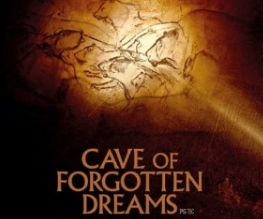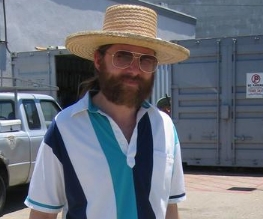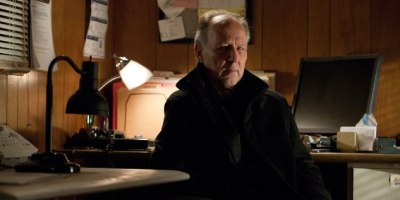Cave Of Forgotten Dreams

Discovered in 1994, the Chauvet Cave is a site of unique artistic quality. Sealed off for tens of thousands of years by a collapsed cliff-face, the paintings of lions and rhinos and bears (oh my!) have been preserved in almost immaculate condition. Crystallised over time, the images glimmer in the minimal light that is allowed into the caves giving the paintings their own movement and life. The paintings were touched up and added to by generations of artists for over 10,000 years – an incomprehensible amount of time. It would be like giving the Mona Lisa a face lift every few years until the whole of Italy was submerged by those rising sea levels we hear so much about.
Cave of Forgotten Dreams explores the fantasy and the science behind these amazing works of art. Interviews with historians and scientists provide an insight into the mysterious lives of the cave artists. Although Herzog is undeniably profoundly inspired by the Chauvet cave, he allows us a little giggle at some of the more mad attempts by the experts to explain their findings. However, whether you’re an art theory buff or not or not you can appreciate these paintings at face value. The detail is impeccable – there were even doubts about their authenticity at first – and some of the animals have several legs that depict their movement across the cave walls. Something Herzog even claims heralds the art of cinema. In true Herzog style, the film opens your mind to more philosophical ways of thinking. The director uses the earliest recorded images of humanity to question humanness itself – so if you’re a fan of his poetic approach you won’t be disappointed.
This documentary is a feat of movie-making in itself. The 3D cameras are necessary to fully capture the paintings in their sublime existence, but they had to be rebuilt and redesigned specifically for this film. With almost toxic levels of carbon dioxide and radon in the cave, the team could only spend a few hours a day filming and had a limited space of time overall to complete their task. The cave paintings are so delicate – even human breath could damage them – that Herzog and his team were confined to a 2 foot wide metal walkway through the site. Only a handful of researchers have seen these works before and the French government enforce the strictest protocols on the Chauvet Cave. This movie really is one of a kind.
Ultimately, this film wouldn’t be what it is without 3D. Notoriously content with 2D, Herzog uses that extra dimension to ensure we see these images in the way they were meant to be seen. From handprints to images of the extinct cave bear, the paintings could have been created yesterday and it is almost impossible to imagine the scale of time that has passed. The director himself has said that his intellectual and spiritual awakening was connected to this type of cave painting – it’s easy to see why. Not just long-haired dirty blokes clubbing each other with sticks, these Paleolithic people were cultured folk – and my how they could paint. Enjoy having your mind blown? Go see this. Word of warning: if you don’t like choir music a la Cathedrals, then maybe take some ear plugs.







Recent Comments